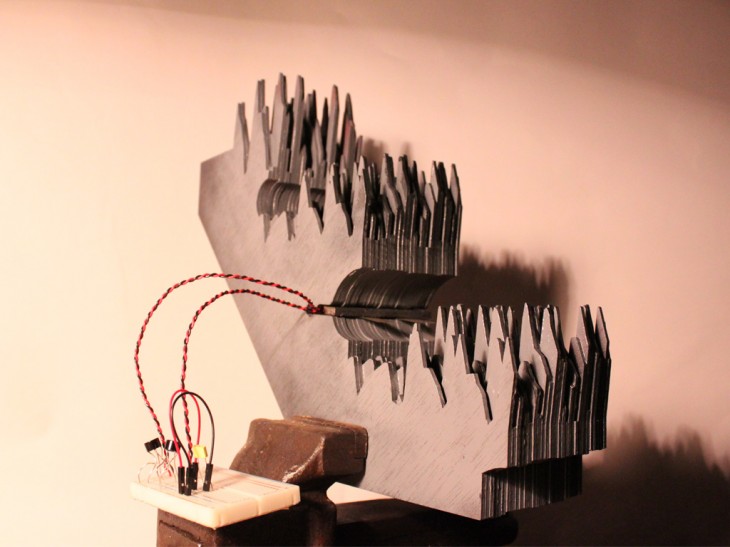Today the MAA students of the Introductory Studio “When Energy Becomes Form” directed by Claudia Pasquero, Marco Poletto and Carmelo Zappulla, visited, with professor Silvia Bures, the algae bioreactor and constructed wetlands of the GEMMA- Group of Environmental Engineering and Microbiology at the Dept. of Hydraulics, Maritime and Environmental Engineering of Universitat Politècnica de Catalunya, in Barcelona. The students were received by professor Joan Garcia, Head of the Department and director of the experiments, and also by Clara and Raquel, the PhD students working on the systems.
The installations, in the terrace of the University Building at Campus Nord, consist of a couple of algae bioreactors that treat wastewaters from the University area. The algae grow by catching the sun’s energy in form of Photosynthesis, and are fed by the nutrients dissolved in the wastewater. Periodically, the algae biomass is collected and it is transferred to a laboratory, were it is digested anaerobically to obtain biogas.
Also in the terrace the students could visit a series of constructed wetlands that are also used for treating wastewaters. In one of them they have installed a pair of electrodes that catch the energy from the redox reactions produced by the microbial activity that are in the soil.



